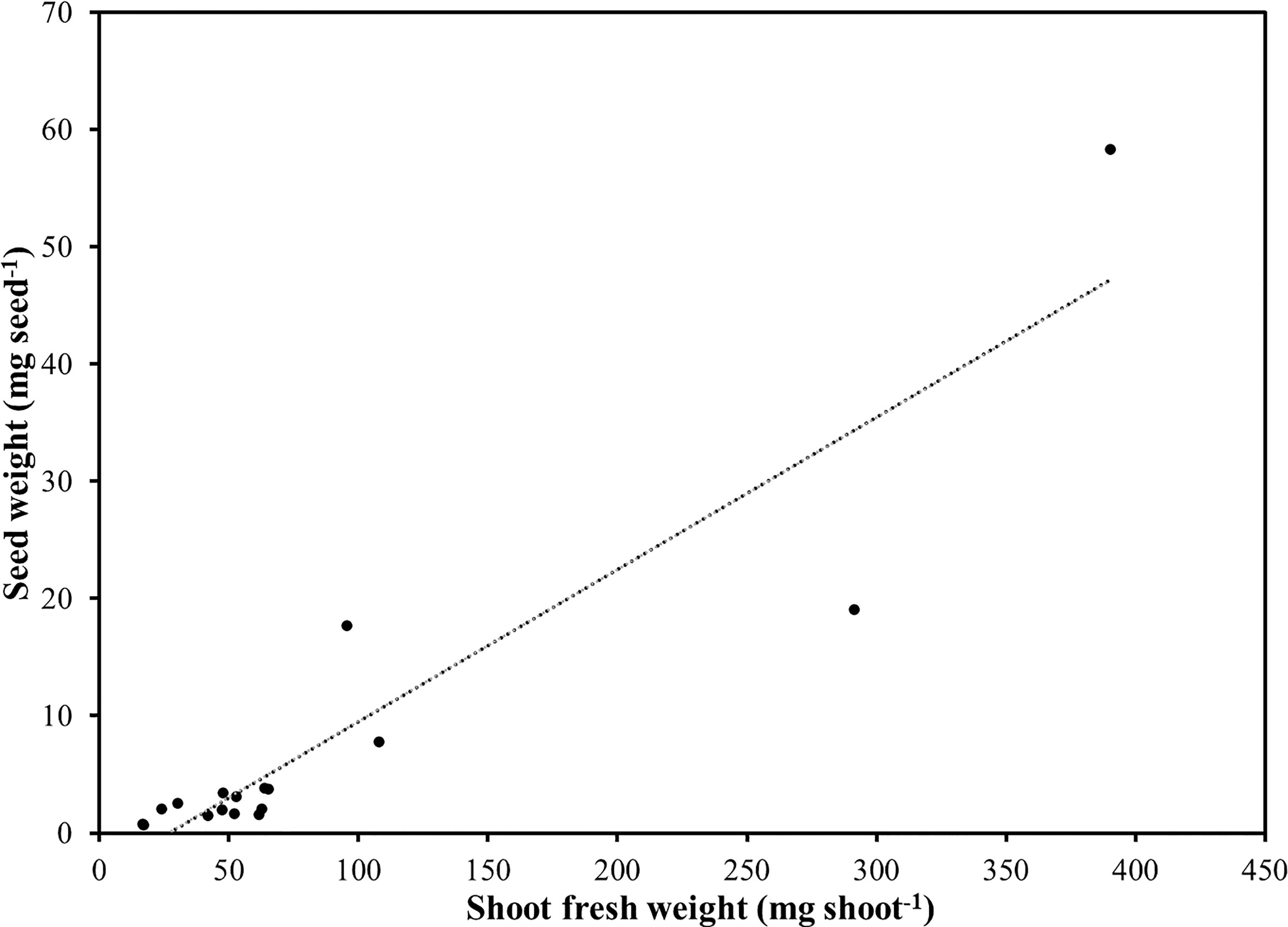2023-08-29 マサチューセッツ大学アマースト校
◆この方法により、治療を受けたマウスは体重を完全に減少させ、副作用も見られませんでした。この成果をもとに、この手法を人間に応用するための取り組みが行われており、それに関連して設立されたCyta Therapeutics社は、マサチューセッツ生命科学イノベーション(MALSI)デーで賞を受賞しました。研究者たちは、この方法が将来的に薬として実用化される可能性があるとしています。
<関連情報>
- https://www.umass.edu/news/article/liver-targeting-drug-reverses-obesity-lowers-cholesterol-mice
- https://academic.oup.com/pnasnexus/article/2/8/pgad252/7249146
新規ナノ粒子を用いたサイロマイメチンの肝選択性付与が食事誘発性肥満動物モデルにおける治療効果を高める Conferring liver selectivity to a thyromimetic using a novel nanoparticle increases therapeutic efficacy in a diet-induced obesity animal model
Ruiling Wu, Theeraphop Prachyathipsakul, Jiaming Zhuang, Hongxu Liu, Yanhui Han, Bin Liu, Shuai Gong, Jingyi Qiu, Siu Wong, Alexander Ribbe,Jewel Medeiros, Jayashree Bhagabati, Jingjing Gao, Peidong Wu, Ranit Dutta, Roman Herrera, Steve Faraci, Hang Xiao, S Thayumanavan
Proceedings of the National Academy of Sciences NEXUS Published:29 August 2023
DOI:https://doi.org/10.1093/pnasnexus/pgad252

Abstract
Optimization of metabolic regulation is a promising solution for many pathologies, including obesity, dyslipidemia, type 2 diabetes, and inflammatory liver disease. Synthetic thyroid hormone mimics–based regulation of metabolic balance in the liver showed promise but was hampered by the low biocompatibility and harmful effects on the extrahepatic axis. In this work, we show that specifically directing the thyromimetic to the liver utilizing a nanogel-based carrier substantially increased therapeutic efficacy in a diet-induced obesity mouse model, evidenced by the near-complete reversal of body weight gain, liver weight and inflammation, and cholesterol levels with no alteration in the thyroxine (T4) / thyroid stimulating hormone (TSH) axis. Mechanistically, the drug acts by binding to thyroid hormone receptor β (TRβ), a ligand-inducible transcription factor that interacts with thyroid hormone response elements and modulates target gene expression. The reverse cholesterol transport (RCT) pathway is specifically implicated in the observed therapeutic effect. Overall, the study demonstrates a unique approach to restoring metabolic regulation impacting obesity and related metabolic dysfunctions.


